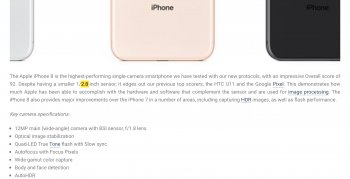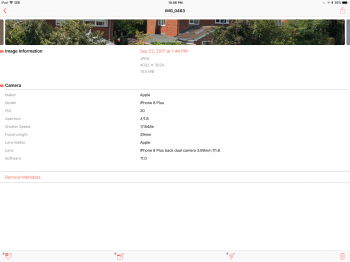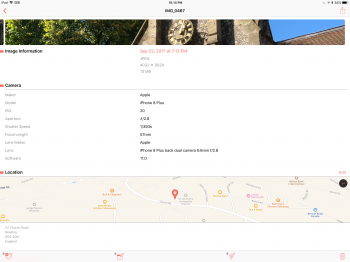I just had a good look at the full-res DXO samples and while the 8 Plus images do look better than the 7 Plus (especially reduced noise in low light) the samples still suffer from 'smearing'.
This is visible in the sample of the architectural shot - if you zoom in and check the shadows, grass and clouds etc you'll see what I'm talking about. Likewise with the indoor shot - if you check the cork wall board on the right you can see it.
With this outdoor shot you can also see shortcomings with the HDR which has been a problem on previous iPhones. Zoom up on the finer leaves/branches of the tree in the distance and you'll see how crappy it looks.
These samples all look fine at screen res and yes they are better than the 7 Plus but we still have a way to go before we eliminate that smearing effect it seems. Maybe most people just look these images on screens but if you are wanting to enlarge or print out that's when these things start to become annoying.
This is visible in the sample of the architectural shot - if you zoom in and check the shadows, grass and clouds etc you'll see what I'm talking about. Likewise with the indoor shot - if you check the cork wall board on the right you can see it.
With this outdoor shot you can also see shortcomings with the HDR which has been a problem on previous iPhones. Zoom up on the finer leaves/branches of the tree in the distance and you'll see how crappy it looks.
These samples all look fine at screen res and yes they are better than the 7 Plus but we still have a way to go before we eliminate that smearing effect it seems. Maybe most people just look these images on screens but if you are wanting to enlarge or print out that's when these things start to become annoying.




